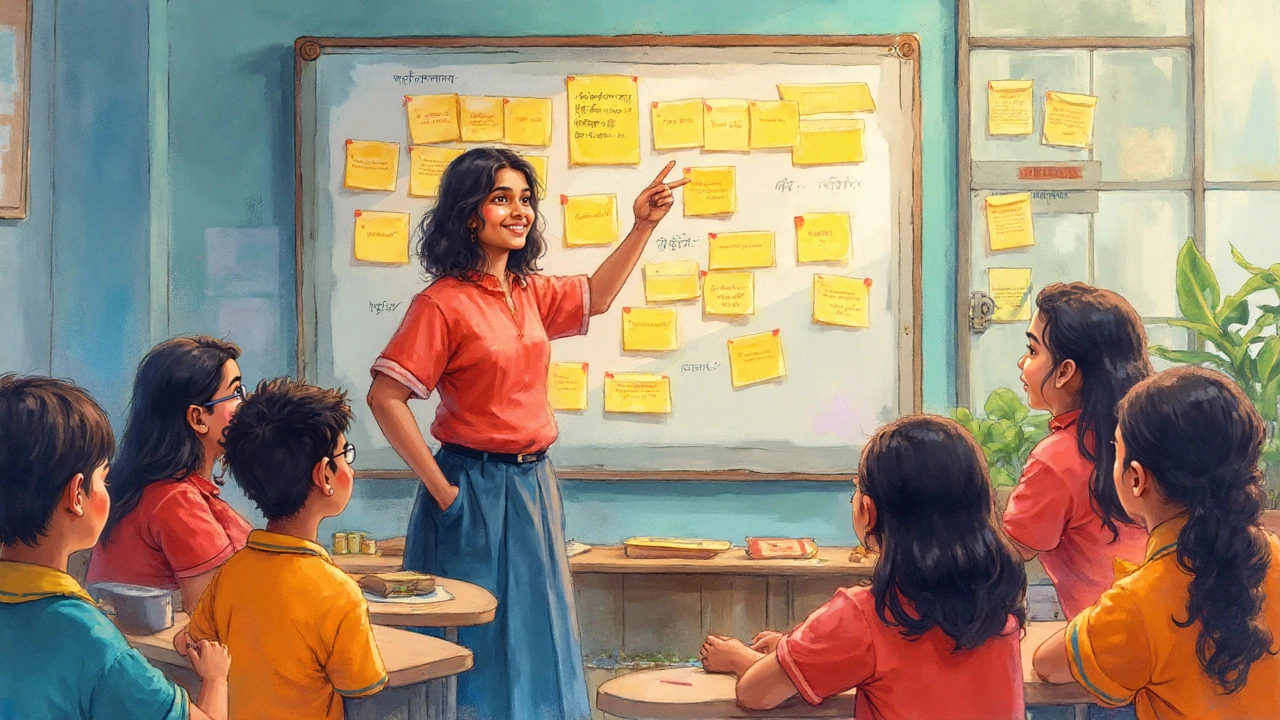7 Steps of Coding – A Practical Roadmap for Beginners
When working with 7 steps of coding, a clear, step‑by‑step method that turns a total newbie into a confident coder, you get a proven pathway that many self‑learners swear by. Also known as the coding roadmap, it breaks down the chaos of learning programming into bite‑size milestones you can actually finish. Instead of flinging at random tutorials, the seven‑step plan tells you where to start, what to practice, and when to move forward. It’s the kind of structure that keeps frustration low and progress visible, especially when you’re juggling studies or a day job. Below we’ll walk through what each step looks like in real life and why it matters.
One of the biggest allies in this journey is self‑taught programming, the practice of learning code without formal classrooms. It fuels the first two steps—setting clear goals and picking a language—by giving you the freedom to experiment, use free resources, and move at your own pace. You’ll discover countless YouTube channels, open‑source tutorials, and community forums that let you learn from anyone on the internet. The key is to stay disciplined: schedule regular study blocks, track what you’ve covered, and adjust goals as you gain confidence. Self‑taught learners often report higher motivation because they choose topics that truly spark their curiosity, which makes the early stages of the 7‑step plan feel less like a chore and more like a hobby.
Choosing the right programming language, the syntax and ecosystem you’ll build projects in is step three. Languages like Python, JavaScript, or Java each bring distinct libraries, community support, and job markets, so your selection shapes the tools you’ll need later. If you’re eyeing web development, JavaScript (and its frameworks) is a natural fit; for data analysis or AI, Python’s simplicity and massive library base win hands down. Evaluate factors such as ease of learning, relevance to your career goal, and the availability of beginner‑friendly resources. Many learners start with Python because its readable syntax reduces the mental load, allowing you to focus on logic rather than boilerplate code. Whichever language you pick, commit to building a few small scripts before moving to larger projects—this reinforces syntax and helps you understand the language’s idioms.
Step four, coding challenges, short problems that test logic and syntax, act as the litmus test for the concepts you’ve absorbed. Platforms such as HackerRank, LeetCode, or Codeforces provide immediate feedback, timed contests, and a community of peers who share solutions. Start with easy‑level problems that mirror the exercises in your chosen language’s tutorials, then gradually increase difficulty. The goal isn’t just to collect points; it’s to internalize problem‑solving patterns—like loop invariants, recursion, and greedy algorithms—that appear in real‑world code. Consistent practice also builds the stamina you’ll need for technical interviews, where time pressure and accuracy matter. Remember to review editorial solutions after attempting a problem; this habit reveals alternative approaches and deepens your understanding.
The fifth step is building a real‑world project, a portfolio piece that showcases your skills to employers. Whether it’s a personal website, a simple mobile app, or a data‑visualization dashboard, the project should solve a problem you care about. Start by defining clear requirements, sketching a rough design, and breaking the work into manageable tasks. As you code, apply the patterns you learned from challenges, integrate third‑party APIs, and document your process on GitHub. A well‑structured repository—complete with a ReadMe, screenshots, and an explanation of your design choices—signals professionalism. Moreover, the act of troubleshooting bugs in a larger codebase mirrors what you’ll face on the job, making the transition from learner to employee smoother.
Step six encourages continuous learning, the habit of staying updated with new frameworks and best practices. The tech landscape evolves fast; a language’s most popular library today might be obsolete tomorrow. Subscribe to newsletters, follow industry leaders on Twitter, and attend free webinars or local meetups. Set aside a weekly “learning slot” to explore emerging tools—think React for front‑end developers or Docker for DevOps enthusiasts. By making learning a routine, you avoid the dreaded skill plateau and keep your profile attractive to recruiters who value up‑to‑date expertise.
The final step ties everything to career preparation, polishing resumes, networking, and acing technical interviews. With a portfolio project, a record of coding challenge scores, and a solid grasp of your chosen language, you now have tangible proof of your abilities. Craft a concise résumé that highlights projects, the problems you solved, and any certifications you earned. Leverage LinkedIn to connect with industry professionals, ask for informational interviews, and participate in open‑source contributions. Practice mock interviews using platforms like Pramp or with peers, focusing on explaining your thought process clearly. This systematic approach turns the abstract goal of “getting a job” into concrete actions, dramatically increasing your odds of landing that first developer role.
Below you’ll find articles that dive deeper into each of these steps—tips on picking a language, mastering challenges, and turning projects into job offers—so you can start coding with confidence today.
Unlock coding with an easy guide to the 7 steps of programming—from identifying problems to debugging. Solid tips for beginners. Walk through each step clearly.
